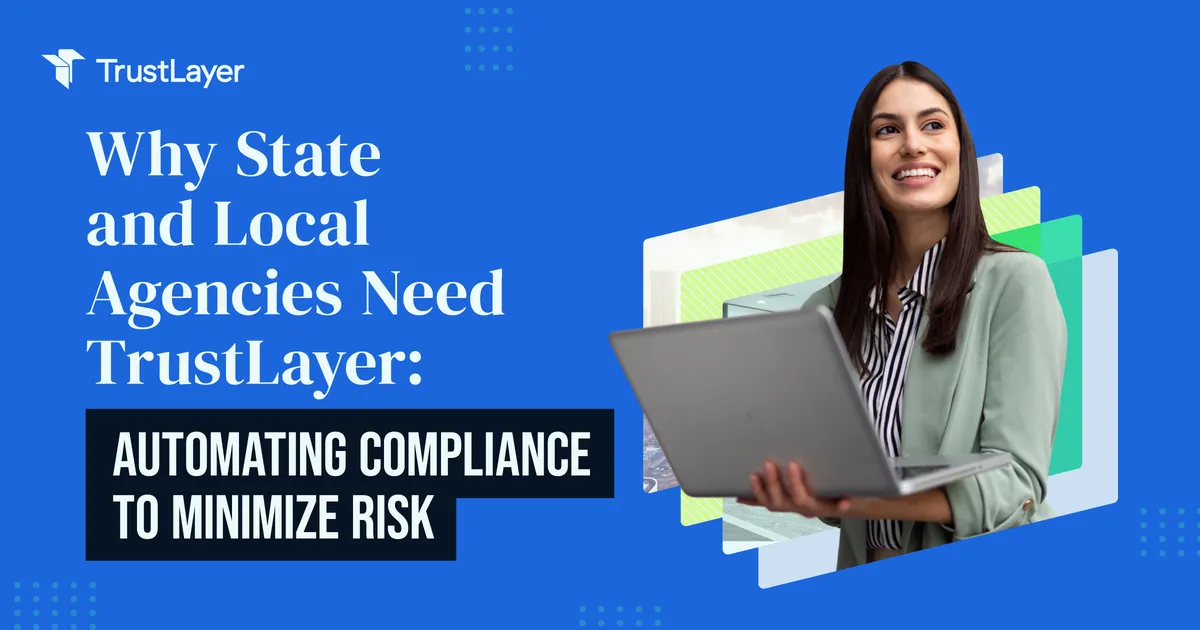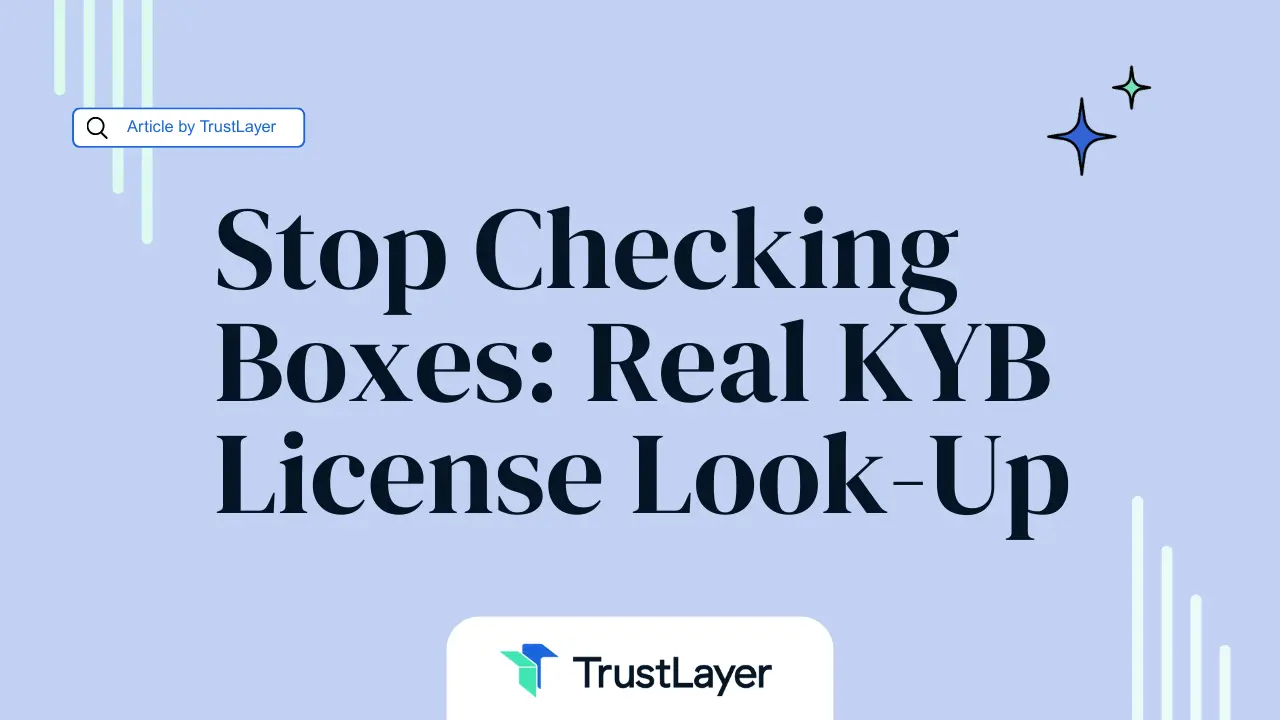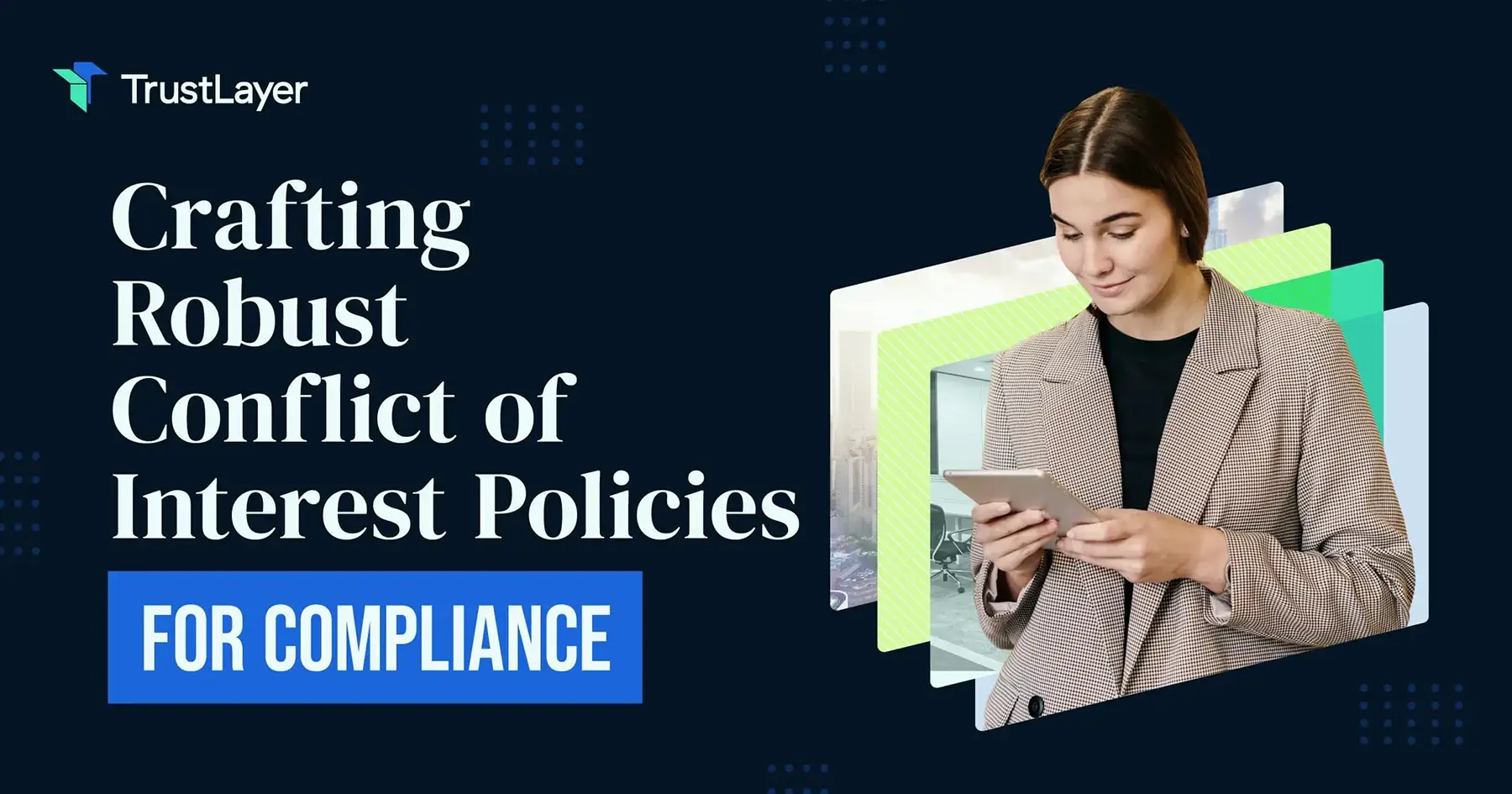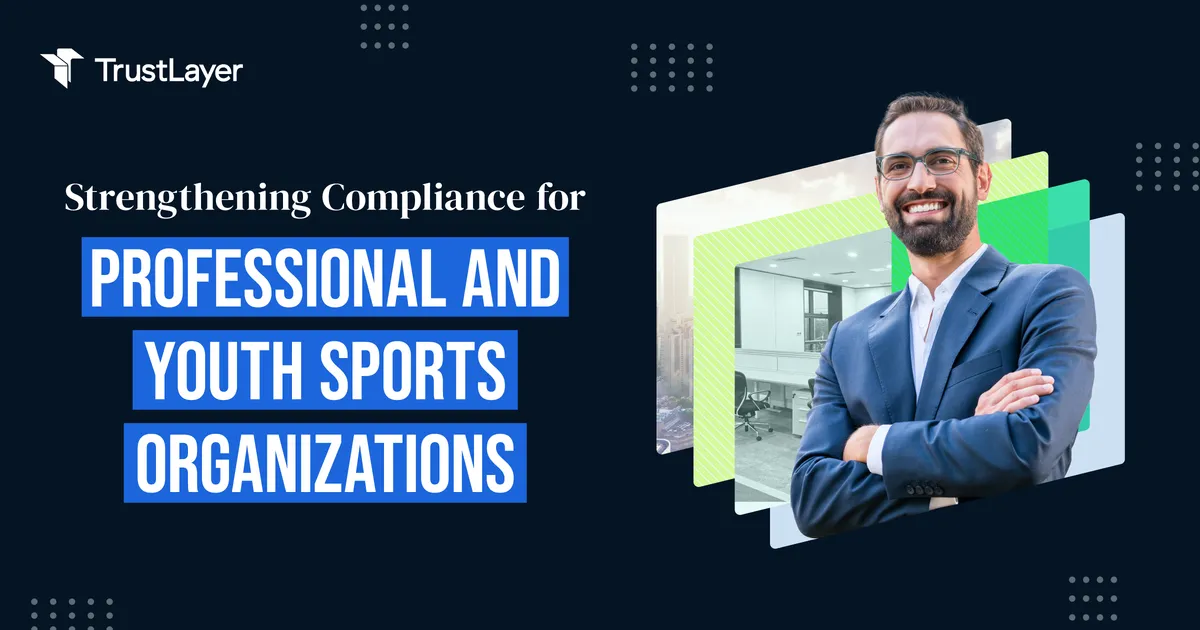Why State and Local Agencies Need TrustLayer: Automating Compliance to Minimize Risk

In an age where efficiency and transparency are paramount, state and local agencies face mounting challenges in compliance management. With the increasing complexity of regulations and the need for accountability, public sector agencies must adopt innovative solutions to streamline their information processes. TrustLayer emerges as a powerful ally in this endeavor, offering automation tools that minimize risk and enhance operational effectiveness.
The High Cost of Manual Compliance in State and Local Agencies
Manual compliance processes can be a significant burden for state and local agencies. Traditional compliance training methods often involve extensive paperwork, time-consuming verification processes, and a high risk of human error. These inefficiencies drain resources and expose agencies to various risks, including regulatory penalties and reputational damage.
Moreover, the financial costs associated with manual compliance extend beyond financial implications. Staff members may experience burnout from repetitive tasks, decreased morale, and reduced productivity. As organizations struggle to keep up with internal audits and compliance requirements, the overall quality of public service could suffer, creating a ripple effect that impacts the communities they serve.
In addition to the immediate challenges of manual compliance management, organizations often grapple with the evolving regulatory landscape. This also requires them to adjust their behavior and processes accordingly. As laws and guidelines change, constant compliance training and updates become paramount. This adds to the workload of compliance officers and requires a significant investment in ongoing education, onboarding, and other resources.
The lack of agility in adapting to regulatory changes can even result in missed deadlines and increased scrutiny from oversight bodies with strict privacy laws. The Health Insurance Portability and Accountability Act (HIPAA) from the Occupational Safety and Health Administration and the General Data Protection Regulation (GDPR) from the European Union are just a few data privacy regulations for organizations to keep in mind.
Thankfully, automating compliance through platforms like TrustLayer can significantly reduce these burdens and costs. By streamlining processes and minimizing manual intervention, agencies can focus on their core missions rather than getting bogged down in administrative tasks.
Automation also enables real-time tracking and reporting, allowing agencies to respond swiftly to compliance issues as they arise. This proactive methodology enhances operational efficiency and fosters a culture of accountability and transparency. Having a single source of truth ultimately benefits both public agencies and the communities they serve.
Streamlining Certificate Management Across Local and State Levels
Certificate management is a critical aspect of compliance for state and local agencies, particularly in insurance verification and contractor management. A traditional workflow often involves collecting, reviewing, and storing numerous certificates, which can be a daunting task. This is where TrustLayer shines, offering a software solution that simplifies certificate management across various levels of the public sector.
With TrustLayer, agencies can automate the collection and verification of certificates, ensuring that all necessary documents are up-to-date and compliant with current data security regulations. This type of standardization for business processes saves time and reduces the risk of errors that can arise from manual processes.
By centralizing certificate management, organizations can maintain a clear overview of compliance status. This enhances overall visibility and improves upon critical infrastructure within any government agency.
The platform also enables real-time updates and notifications, ensuring that agencies stay informed about any changes in public sector compliance requirements. This proactive approach helps maintain compliance posture and fosters a culture of accountability.
TrustLayer also integrates seamlessly with existing systems used by local and state agencies, such as procurement and project management tools. This integration ensures that certificate management is not just a standalone business process but a cohesive part of the operational workflow. By leveraging existing data and systems, agencies can enhance their efficiency and reduce redundancy, leading to streamlined compliance management.
Additionally, TrustLayer's user-friendly interface allows easy access and navigation, enabling staff at all levels to engage with the platform effectively. This commitment to user experience boosts productivity. It also encourages a collaborative environment where compliance and information security are shared responsibilities among all team members.
Reducing Risk Exposure with Automated Insurance Verification
Insurance verification is a critical component of risk management for state and local agencies. Ensuring contractors and vendors have necessary insurance coverage protects the agency from potential liabilities. However, manual verification processes can be cumbersome and prone to oversight.
TrustLayer's automated insurance verification feature addresses this challenge by providing a streamlined solution for checking coverage. The platform enables agencies to automatically verify insurance policies against established criteria, thereby reducing the risk of working with underinsured contractors.
After automating this data management process, agencies can ensure compliance while streamlining risk assessment. Automated verification enhances transparency, as agencies can quickly access and review insurance documentation with ease. This builds trust with the board of directors and reinforces the agency's commitment to maintaining high compliance standards.
Moreover, the adoption of automated insurance verification powered by artificial intelligence can significantly improve operational efficiency. It reduces the time spent on manual checks, and agencies can allocate resources to other critical areas, such as project management and community engagement. This shift optimizes workflow, enabling staff to focus on strategic initiatives that drive value for the community.
In addition to operational benefits, automated insurance verification can enhance the overall safety and cybersecurity of public projects. By ensuring that all contractors maintain adequate insurance coverage, agencies can mitigate the risk of financial loss due to accidents or incidents during project execution. This proactive approach protects the agency's economic interests and safeguards the community's well-being.
As agencies increasingly adopt technology-driven solutions, automated insurance verification will continue to grow, becoming a cornerstone of effective risk management practices in the public sector.
Building Public Trust Through Transparent Compliance Practices
Public trust is more important than ever for state and local agencies in today's environment. Citizens expect transparency and accountability in government operations, and compliance practices are crucial in fostering that trust. TrustLayer helps agencies build public confidence by providing precise and accessible compliance information.
When automating compliance processes, agencies can ensure that their practices are consistent and transparent. This transparency and visibility allow stakeholders to understand how compliance is maintained, which can enhance the agency's reputation and credibility. Moreover, when citizens see that agencies are committed to upholding compliance standards, they are more likely to engage positively with government initiatives.
TrustLayer also facilitates communication between agencies and the public sector. By providing easy access to compliance documentation and updates, organizations can inform citizens about their efforts to maintain accountability and transparency. This open dialogue fosters a partnership between government and the community, ultimately improving public trust.
The integration of digital transformation into compliance practices enables agencies to utilize data analytics to monitor compliance in real-time. This makes it easier to identify potential issues and find more proactive solutions. Due diligence demonstrates to the public that agencies are proactively managing compliance risks. As a result, citizens feel more secure knowing their government is responsive and anticipatory in its adherence to compliance and ethics.
Additionally, educational initiatives about compliance practices can further strengthen trust and inform the public. Organizations can host workshops, webinars, or community forums to demystify the compliance management process and engage citizens in meaningful discussions. This empowers the community with knowledge and invites them to participate actively in data governance.
When citizens understand the complexities of compliance, they are more likely to appreciate the efforts made by agencies, leading to a more informed and engaged public that supports government initiatives.
How TrustLayer Boosts Efficiency and Cost-Effectiveness for Agencies
Implementing TrustLayer enhances compliance and significantly boosts efficiency and cost-effectiveness for state and local agencies. By automating various compliance-related tasks, agencies can effectively allocate resources, focusing on strategic initiatives rather than administrative burdens.
For instance, with automated workflows and better task management, government organizations can reduce the time spent on manual data entry and document management. This strategy allows staff to redirect their efforts toward more impactful projects, ultimately benefiting the community. Additionally, agencies can avoid costly penalties and legal issues by minimizing the risks associated with errors in manual processes.
TrustLayer's data analytics capabilities provide agencies with valuable insights into their compliance practices. The software also facilitates seamless communication and collaboration among various departments within an agency. Providing a centralized dashboard for sharing compliance-related information ensures all stakeholders are on the same page. This transparency fosters a culture of accountability and teamwork, which is essential for navigating the complexities of regulatory requirements. As a result, agencies can respond more swiftly to compliance challenges, adapting their strategies in real-time to meet evolving standards.
Additionally, integrating TrustLayer with existing systems enables a smoother transition and minimizes disruptions during implementation. Agencies can leverage their technological infrastructure while enhancing it with TrustLayer's robust features. This adaptability saves time and resources, empowering agencies to maintain continuity in their operations and remain responsive to the needs of their communities. By embracing innovative solutions, agencies are better equipped to address the multifaceted challenges of compliance management in an increasingly digital world.
As state and local agencies continue to navigate the complexities of compliance management, the need for a robust, efficient solution is clear. TrustLayer stands at the forefront of this revolution, offering the best-in-class certificate of insurance (COI) tracker designed for the modern risk manager.
Embrace the future of risk management and eliminate the administrative burden of manual document verification with our automated tools. Join the hundreds of thousands of companies that have already streamlined their vendor document management and compliance strategy with TrustLayer. Don't let outdated practices hold you back. Set up a time to talk with our team and discover how we can help you build following practices to transform your agency's risk management approach.














